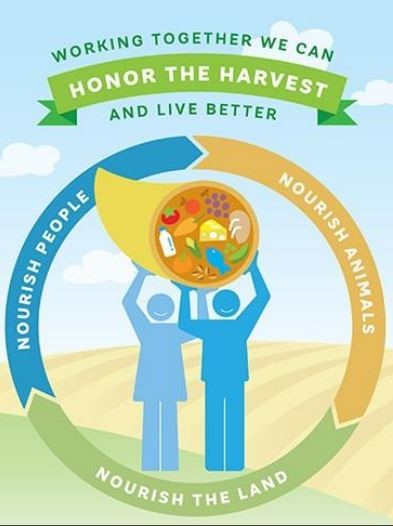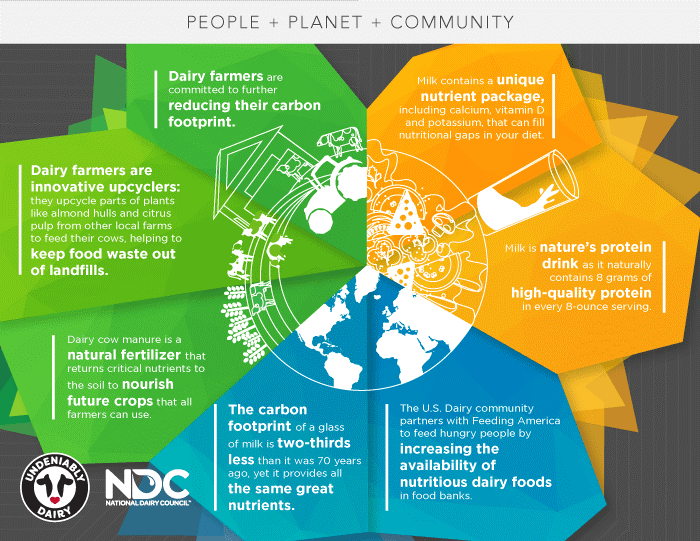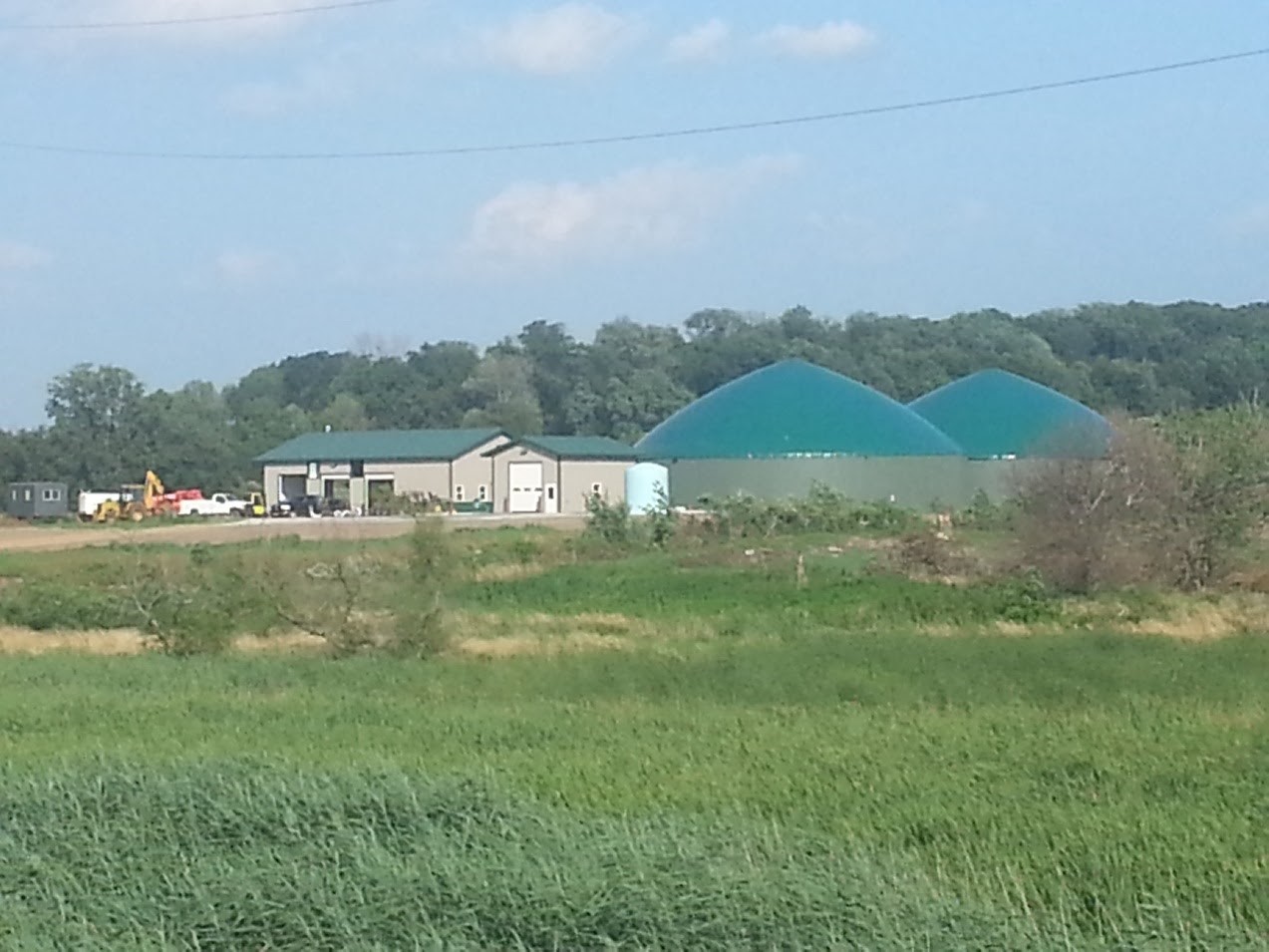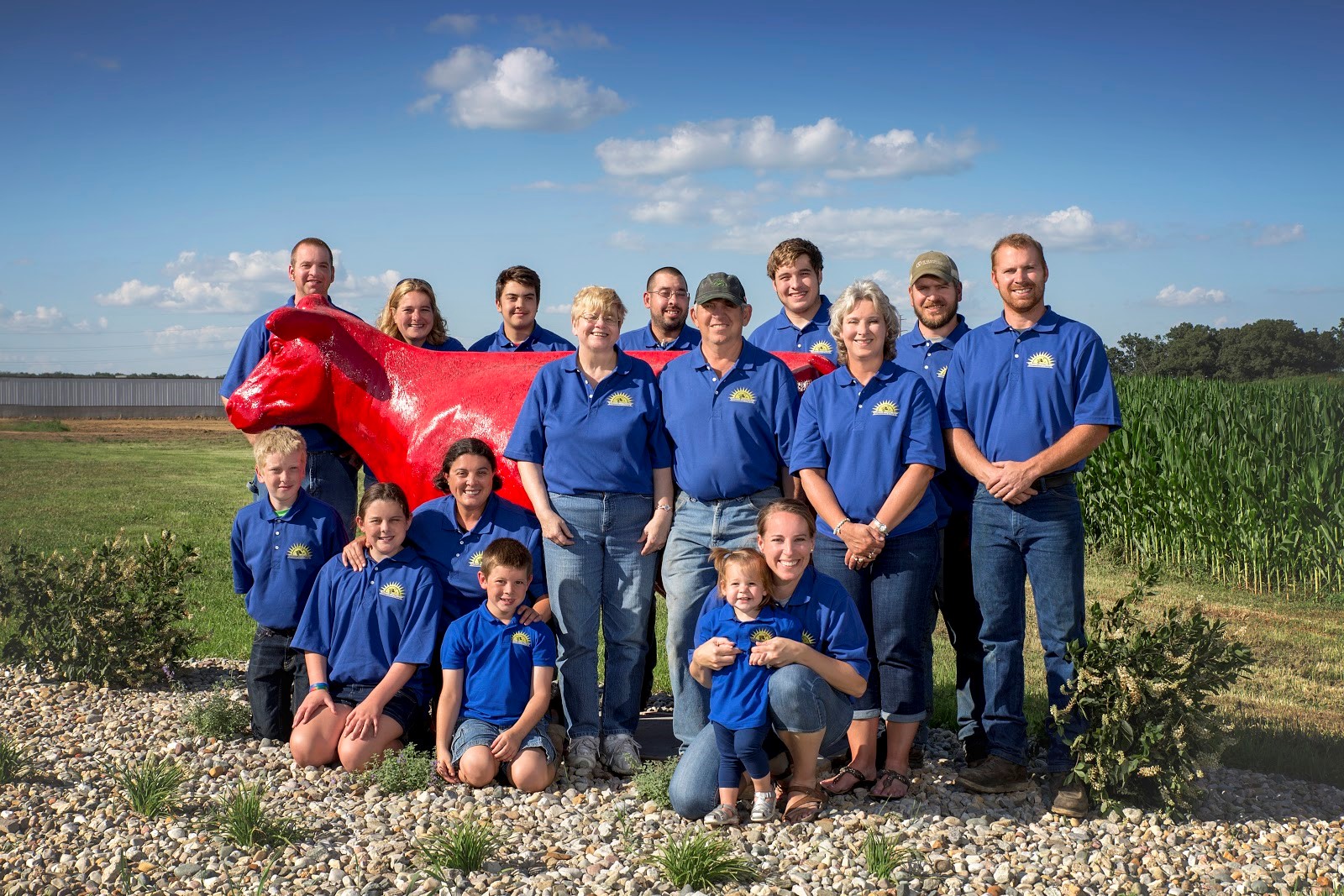Each year Earth Day is celebrated across the nation on April 22nd. While it puts environmental sustainability in the spotlight this day, stewardship of the land, cow care and community well-being are dairy farmer priorities every single day. Indiana State University, Dietetic Intern, Mary Dembowski shares more about what dairy farm families are doing to protect the planet and nourish generations to come, one glass of milk at a time.
Have you ever considered what farmers do to promote sustainability on their farms? There are many ways to reuse, reduce, and recycle to promote the reduction of the agricultural carbon footprint. To start, it is important to understand what sustainability is.
The USDA defines sustainability as an integrated system of plant and animal production practices having a site-specific application that will:
- Satisfy human food and fiber needs
- Enhance environmental quality and natural resources
- Use nonrenewable and on-farm resources efficiently
- Sustain economic viability
- Enhance the quality of life for farmers and society as a whole.
Sustainability has become an increasingly discussed topic due to the effects of climate change from greenhouse gases. By 2050, the population is projected to grow by one-third, which will require a 70% increase in food production. With climate change challenging the supply of natural resources, we look to sustainability to create new opportunities to grow nutritious foods that are affordable and culturally appropriate.

In order to reduce the dairy carbon footprint, U. S. Dairy has set three goals that tackle the most pressing issues in regard to sustainability. The goals they would like to achieve by 2050 are:
- Become carbon neutral or better
- Optimize water use while maximizing recycling
- Improve water quality by optimizing utilization of manure and nutrients
With these goals in mind, it is pertinent to see what has been accomplished in 10 years. Between 2007-2017, dairy farmers have reduced their carbon footprint by using 21% less land, 30% less water, creating 20% less manure, and emitting 19% less greenhouse gases.

There are multiple routes that promote sustainability on farms. Some farmers may do multiple or just one, but it is up to the farmer to figure out what they can achieve on their farm. With water, farmers can reuse and recycle it by recovering water for pen washing or using it to mist the cows. Water can be reused on the plate cooler and through nutrient recovery. Dairy farms can reuse water about 3-5 times. Some ways they can reuse water in a day include washing the milking parlor, capturing, and reusing it to flush manure away in barns, and lastly it can be used to irrigate crop fields. Other ways to promote sustainability while ensuring a quality product are through cow care, monitor and support of air quality, maintain clean facilities and good manure management. Nutrient management through manure has been essential for farmers for decades, applying it to crops as organic fertilizer. But it doesn’t end there. Manure can be also be reused in garden compost and as a nutrient source for bio-digesters that create electricity.
Cow manure can be transformed into many different resources by being broken down by anaerobic digesters and turned into energy. Anaerobic digesters are microorganisms that break down organic materials like cow manure and food waste in airtight tanks to create biogas, solids, and liquids. The solids and liquids are collected and produced to make fertilizer, compost, or animal bedding. Biogas is used to power generators to create electricity and can be used to make renewable natural gas to create power, heat, or vehicle fuel.
One example locally is Homestead Dairy in Plymouth, Indiana, that takes food waste from University of Notre Dame, combines it with manure from their farm into their digester, to create power for their farm and the town of Plymouth!

As we get closer to 2050, farmers will continue to develop more intricate methods of promoting sustainability on their farms. New methods are constantly being discovered, leaving it up to the farmer to determine what they think will best benefit their farm as well as the environment. As technology continues to become available to promote environmental sustainability, dairy farmers are on track to reducing the agricultural carbon footprint of the world.

